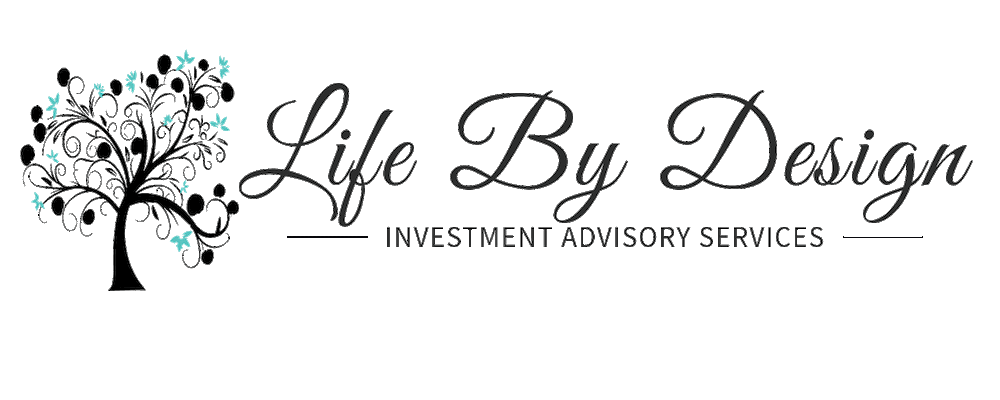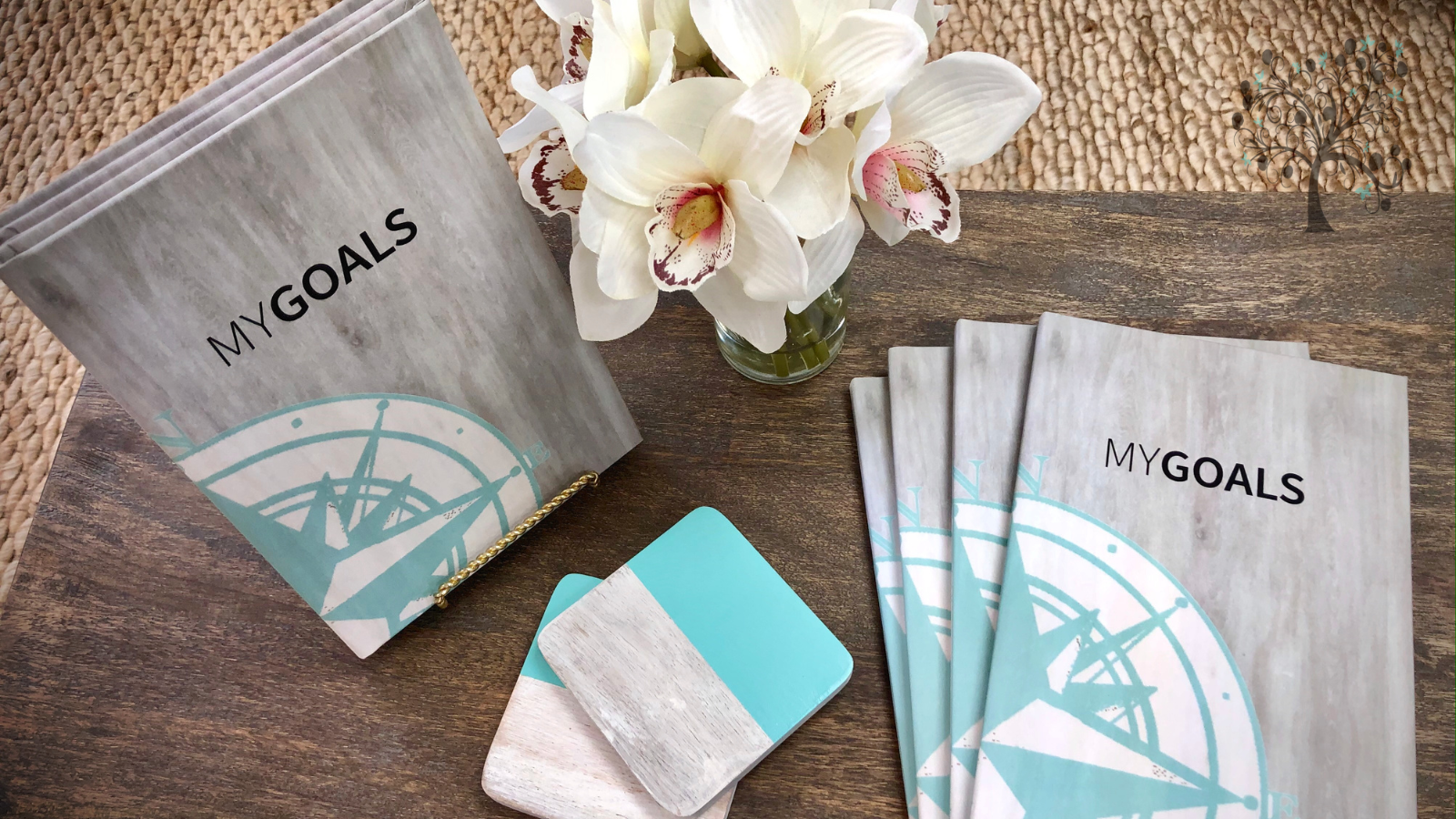Environmental, Social and Governance (ESG) investing started as a way to simply align your personal values with your investments.What started as an effort to exclude stocks in companies blatantly causing harm (tobacco, nuclear weapons, etc.), over time became a way to evaluate a company’s risk beyond their reported financial data. With more investors and financial advisors being drawn to the idea that one can do both good and well when investing, many corporations are beginning to take notice and adopt practices that embrace this concept.So, what exactly is ESG and why should you care?
ENVIRONMENTAL
The key issues being climate change, waste, renewable and sustainable resources and opportunities. Environmental data allows investors to understand how well a given company is doing managing resources like energy and water and preventing pollution to our air and oceans.
SOCIAL
Issues like human rights, product liability, supply chains and benefits. Social data allows investors to understand how a company encourages diversity and inclusion.
GOVERNANCE
Attention is paid to issues like ethics, incentive structures, reporting practices and corruption. Governance data allows investors to understand how a corporation manages risk and encourages labor-management harmony.
This is a great opportunity for us to provide you with a portfolio solution that can add additional value over and above the goals of your investment.
HOW WE IMPLEMENT ESG CONCERNS INTO YOUR PORTFOLIO
We believe understanding the new dynamics of ESG investing, especially in the context of the larger market, will be increasingly important in the coming years. The idea that ESG investing is here to stay is nearly a foregone conclusion, especially given the supportive regulatory environment for companies focused on these issues. Life By Design Investment Advisory Services already incorporates ESG data into our portfolio filtering and investment strategy selection processes.
“The future depends on what we do in the present.
WHAT’S BENEATH THE SURFACE?Without ESG Traditional data on a company may include sales revenues, profitability, dividends, valuation, etc.With ESG ESG data reveals so much more information about what’s going on underneath the surface when it comes to risk factors like Environmental impact, Social diversity implications and corporate Governance. This type of information can provide investors with a more complete analysis of a company and offer better insight into risks that might not be visible on balance sheets and income statements.
Why now? The past two years have seen ESG-focused companies (companies that meet sustainability criteria as defined by S&P Dow Jones Indices) outperform other core factor companies, on both an absolute and risk-adjusted basis. Despite all that has happened in markets during this time (trade war conflicts, a U.S. Presidential Election, and a global pandemic), ESG investing has been a source for excess returns. Another tailwind for ESG is the support from world leaders and politicians to address these issues from a regulatory perspective. President Biden’s plans to address social and environmental issues and meet various sustainability targets should incentivize many of the underlying themes associated with ESG. While not all the administration’s policies will get the bipartisan support needed to enact legislative change, we do expect changes in regulation that will affect many industries and sectors of the economy. We believe companies that are dynamic enough to situate themselves as leaders of change will be rewarded by markets.
Life By Design Investment Advisory Services is a registered investment adviser. Information presented is for educational purposes only and does not intend to make an offer or solicitation for the sale or purchase of any specific securities, investments, or investment strategies. Investments involve risk and, unless otherwise stated, are not guaranteed. Be sure to first consult with a qualified financial adviser and/or tax professional before implementing any strategy discussed herein.










